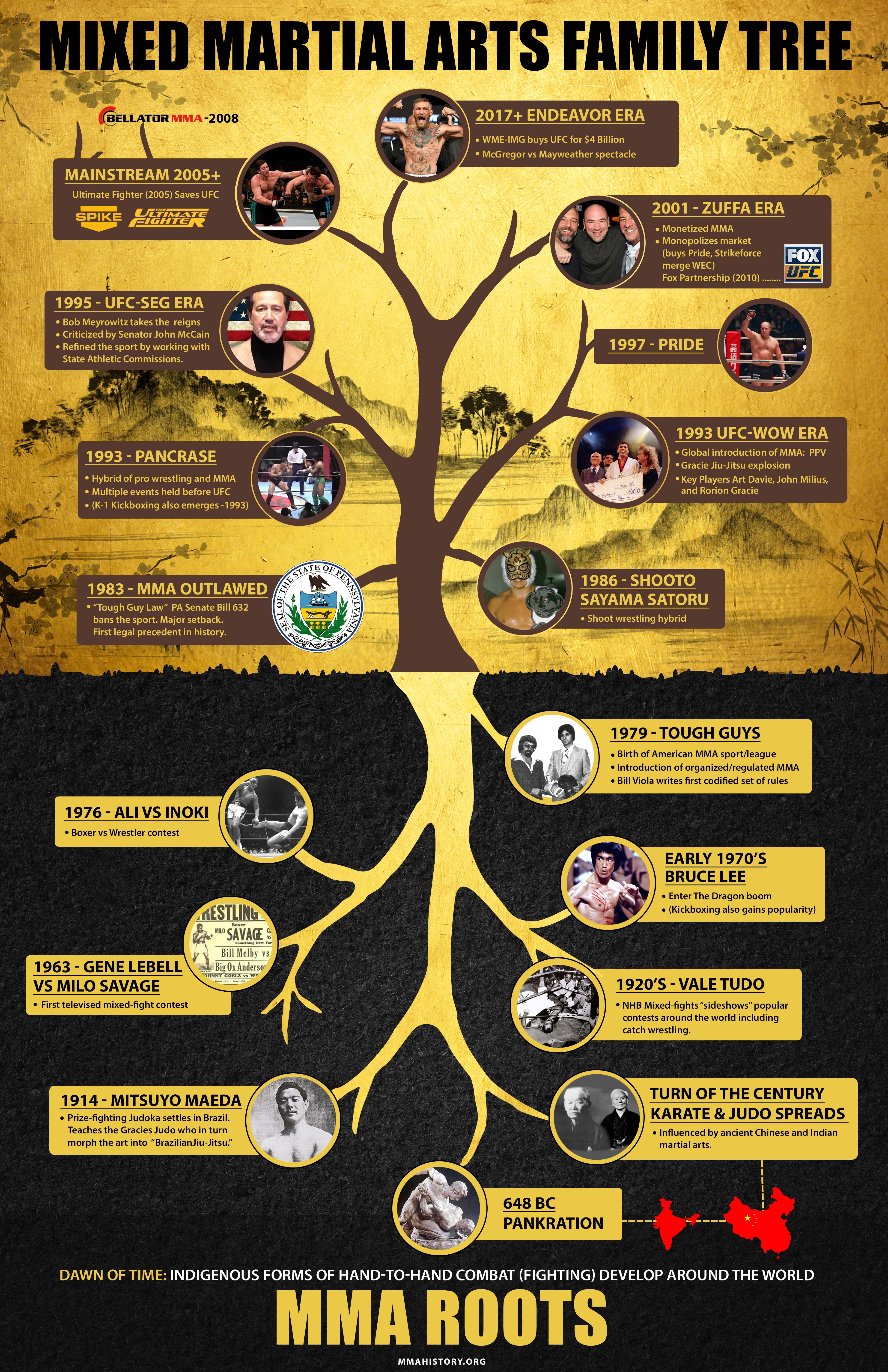The Growth And Historical Context Of Martial Arts Worldwide
The Growth And Historical Context Of Martial Arts Worldwide
Blog Article
Authored By-Mortensen Matthews
Martial arts have a fascinating background that covers centuries and continents. You may locate it appealing just how old techniques like Shuai Jiao and Kalaripayattu prepared for modern battle strategies. These disciplines not only emphasize physical abilities yet likewise mirror the societies that birthed them. As adult beginner martial arts classes explore their development, take into consideration exactly how globalization has actually changed these traditional kinds right into hybrid styles. What impacts do you believe have formed today's martial arts landscape?
Ancient Martial arts: The Structures of Combat
As you explore the globe of ancient martial arts, you'll discover the abundant structures that shaped battle techniques across societies. Early practices concentrated on Self-Defense and survival, commonly including strikes, grappling, and weaponry.
In ancient China, for instance, strategies like Shuai Jiao stressed tosses and joint locks, while India's Kalaripayattu showcased agility and fluid motion. Japanese samurai established Kenjutsu, a polished swordsmanship that highlighted discipline and method.
These martial arts offered not just for fight yet also as a means of personal growth, instilling values like respect and perseverance. The mixing of these techniques with time laid the groundwork for the varied martial arts you see today, each showing the one-of-a-kind philosophies and demands of its culture.
The Social Impact on Martial Arts Growth
While martial arts often show the practical demands of a society, they likewise personify the cultural worths and ideas of their beginnings. When you discover different martial arts, you'll notice just how they're influenced by religious beliefs, philosophy, and social standards.
As can martial arts improve kids grades , the focus on respect and technique in Japanese martial arts comes from Zen Buddhism and samurai culture. In contrast, Brazilian Jiu-Jitsu advertises adaptability and strategy, shaped by the need for effectiveness in a varied, multicultural environment.
You might discover that the rituals, attires, and training approaches mirror an area's background and identity. By comprehending these cultural influences, you deepen your appreciation of martial arts and their function fit human experiences across the globe.
Modern Adaptations and the Globalization of Martial arts
Martial arts have changed significantly in current years, adapting to contemporary culture and worldwide influences. You'll observe that conventional forms have mixed with modern strategies, developing hybrid styles like mixed martial arts. These adjustments cater to diverse target markets, making martial arts available and attractive around the world.
With the increase of social networks and digital platforms, you can find tutorials and competitors from all edges of the world, damaging geographical obstacles. additional reading has led to a common admiration for various disciplines, from Brazilian Jiu-Jitsu to Taekwondo.
As you involve with these arts, you'll understand they're not practically battle; they advertise physical fitness, self-control, and psychological health.
Eventually, modern-day adjustments have enriched the martial arts landscape, making it a vibrant and advancing method.
Verdict
In checking out the background and development of martial arts, you reveal a fascinating mix of techniques, societies, and approaches. From ancient self-controls like Shuai Jiao and Kalaripayattu to the modern-day versatility seen in mixed martial arts, martial arts mirror humankind's mission for Self-Defense and personal development. As you engage with these practices, you not just get abilities but likewise a deeper appreciation for the diverse customs that form our world today. So, continue your trip and welcome the art of combat!
